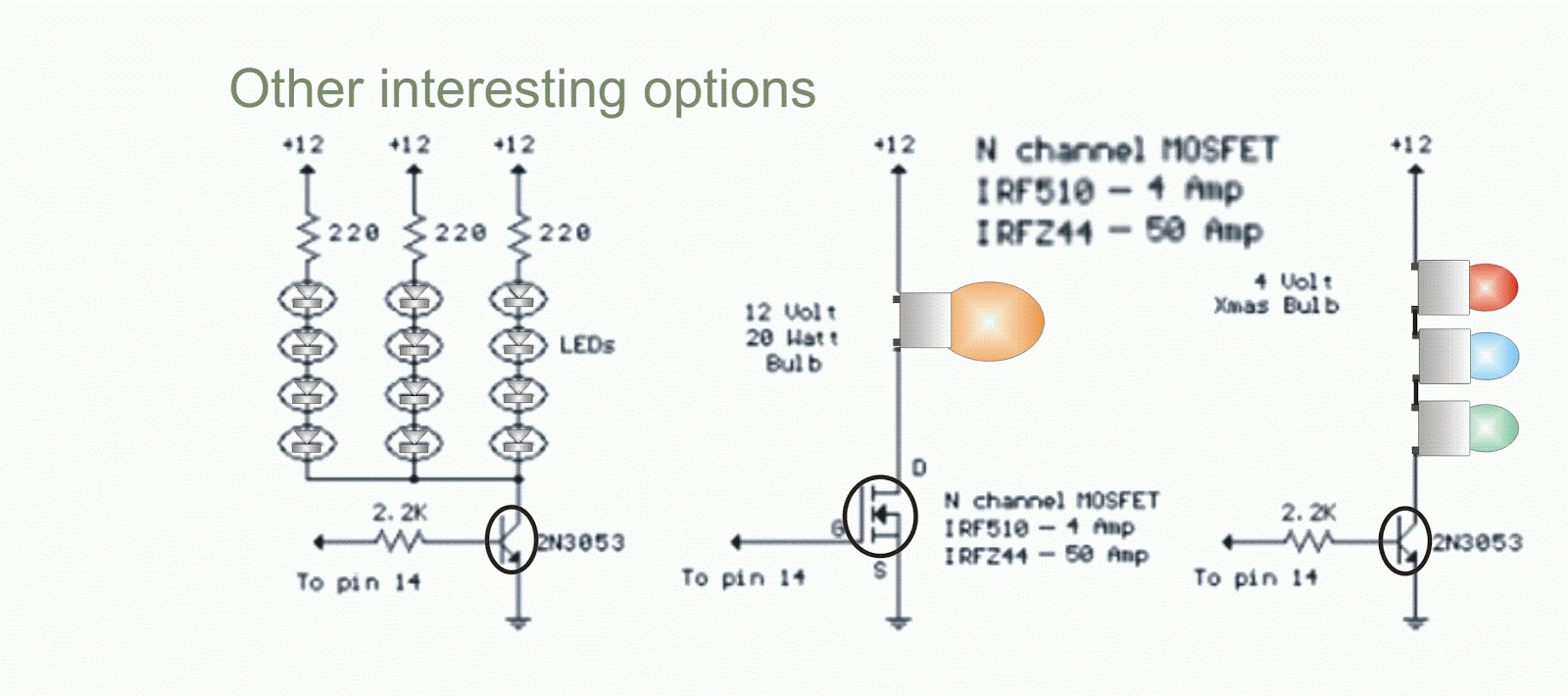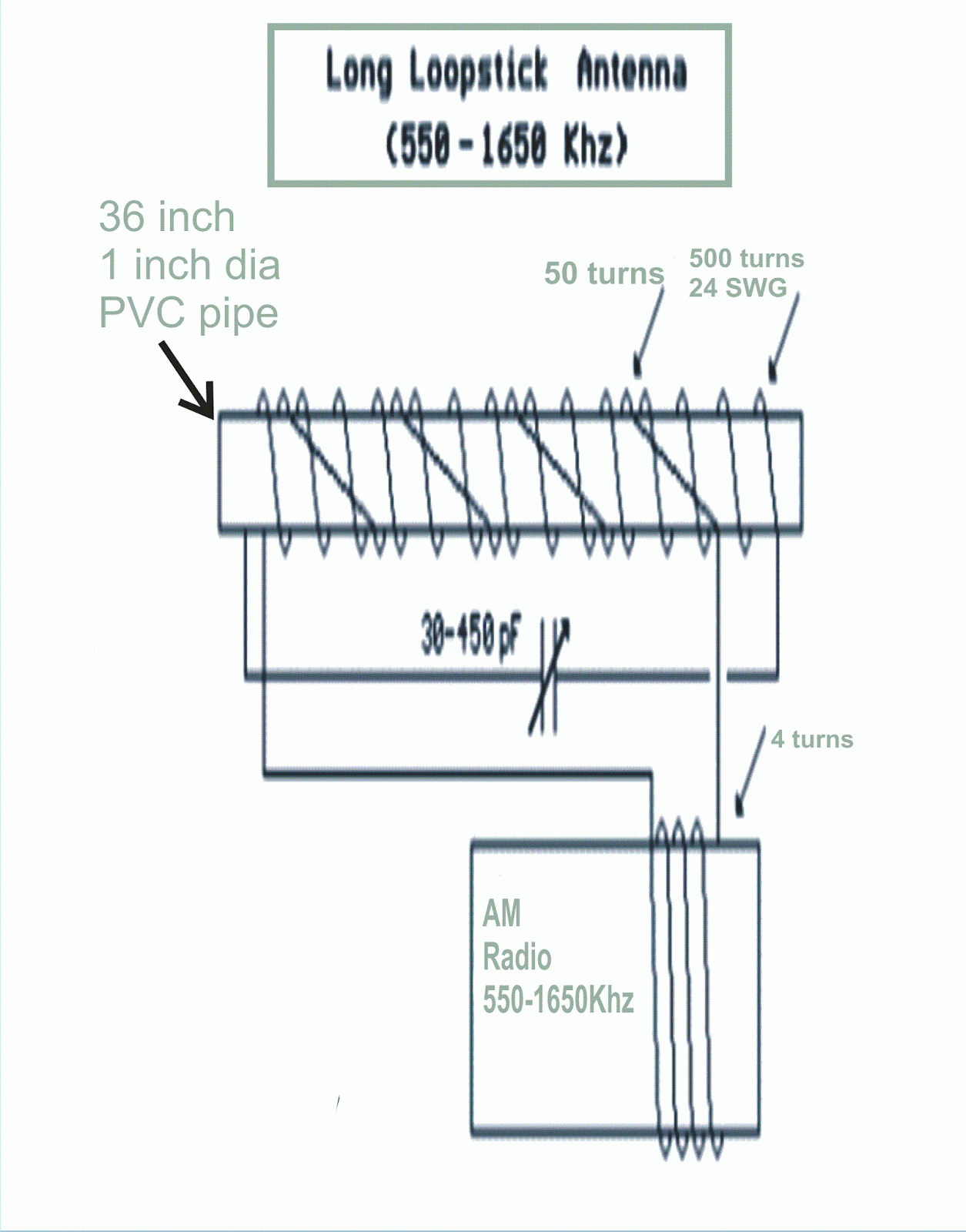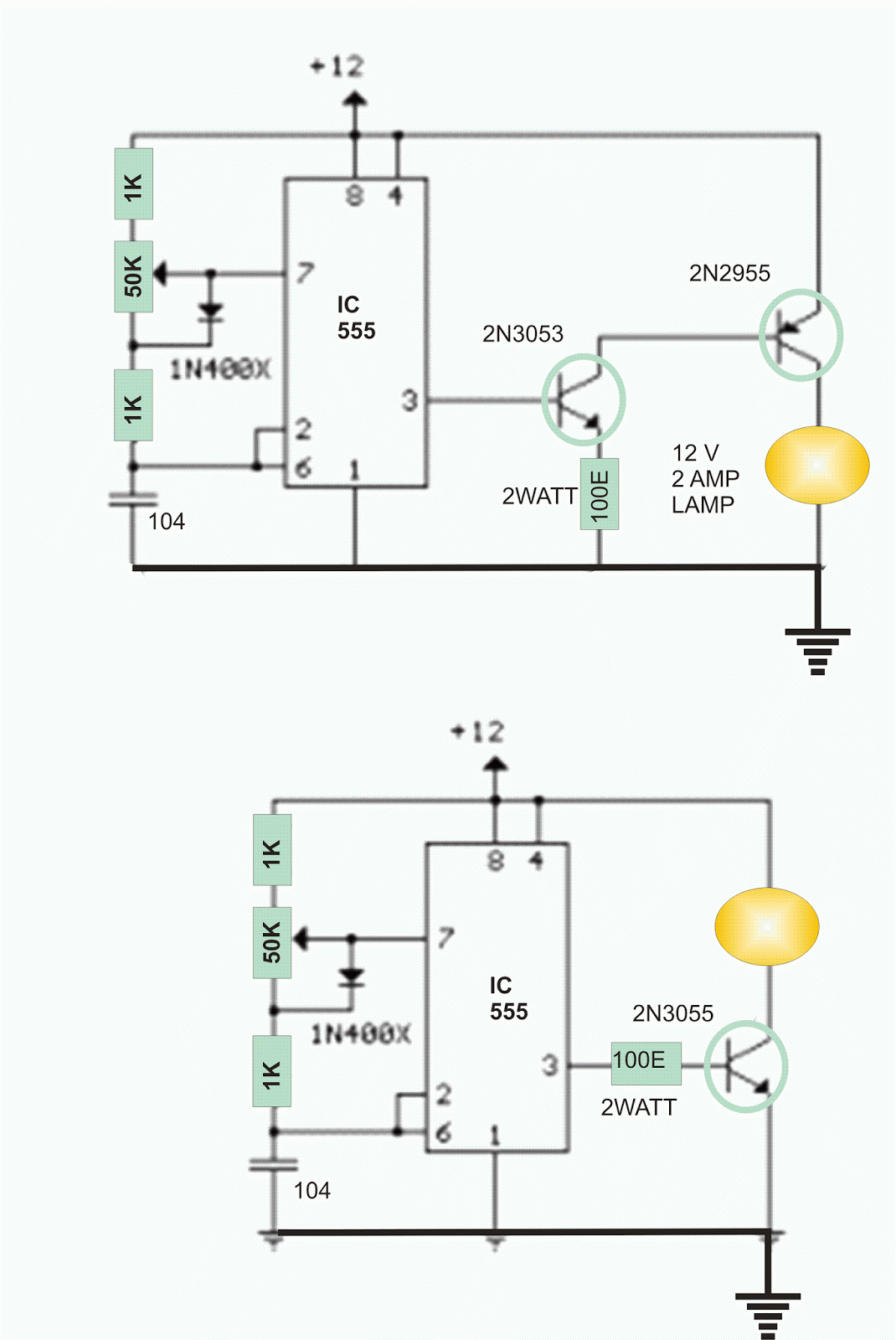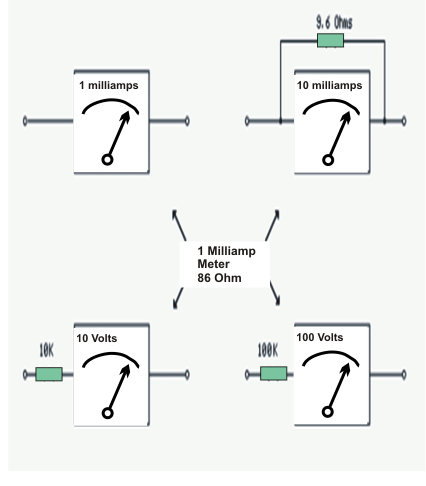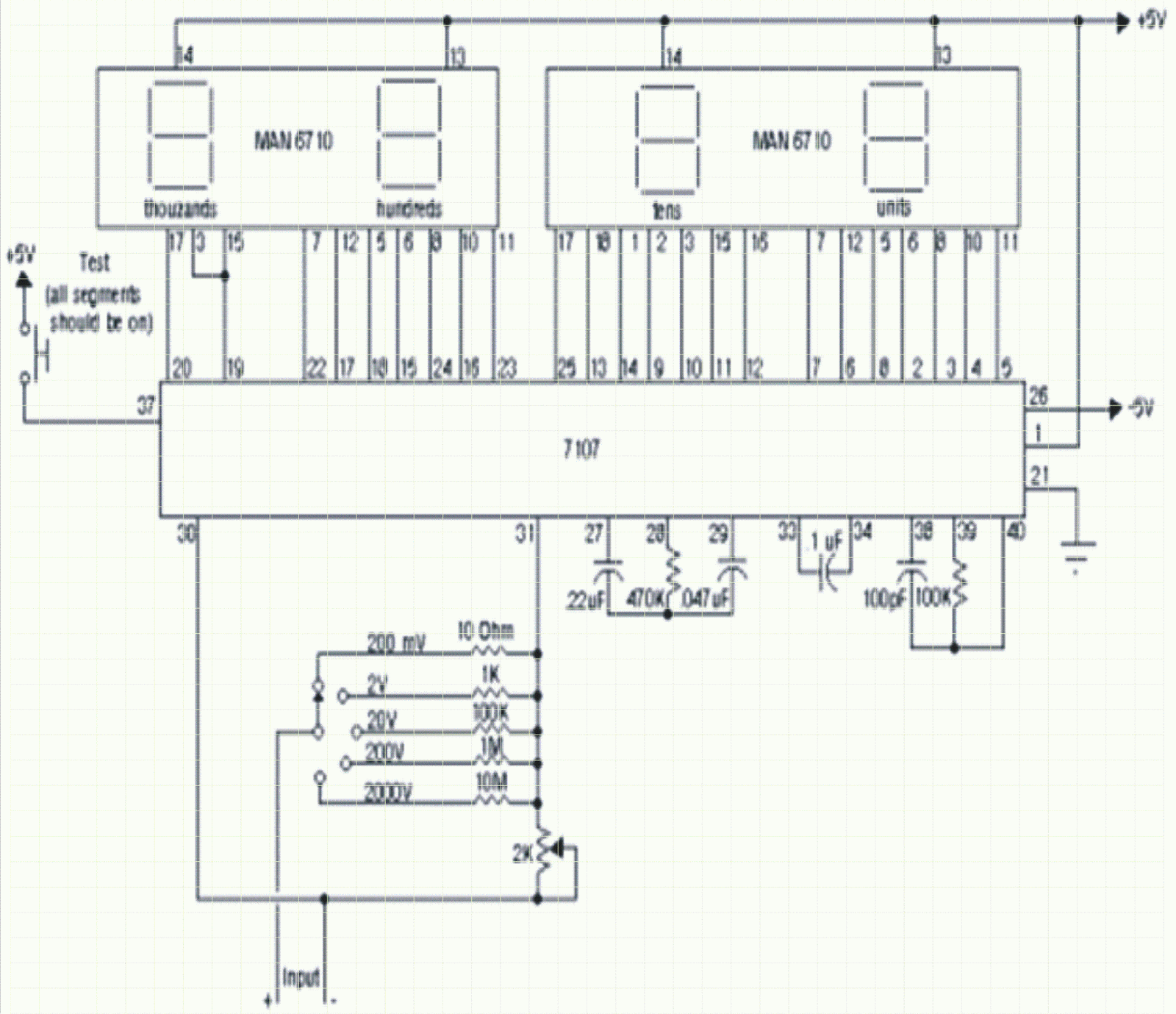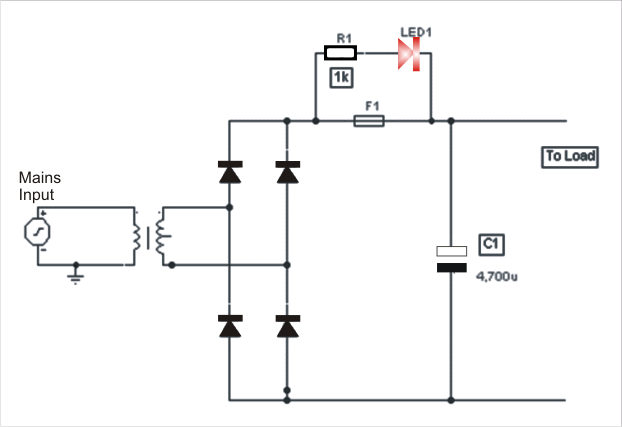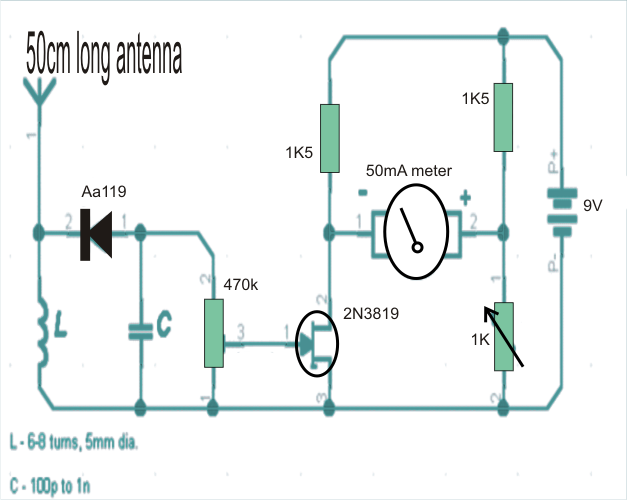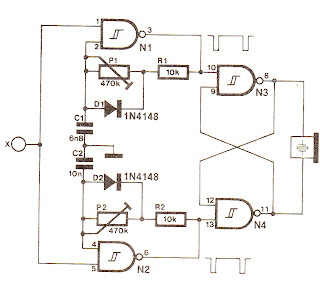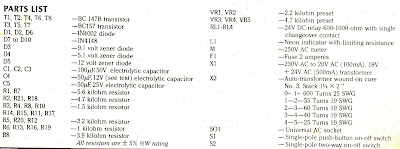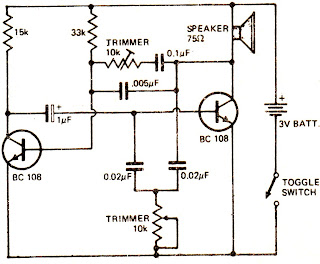The alarm is activated when the temperature is greater than the default. The thermistor should be located away from the rest of the circuit, so as not to risk from the heat. The power circuit is battery 9V, but if it is mounted in a fixed position, then we can supply with a constant voltage power supply. The relay contacts can be connected load which we, as a bulb, another circuit, etc. It can also add an LED, if we are to sign and visual stimulation.
The adjustment is done by immersing the thermistor TH1, in the water which we know the temperature (contacts should be well insulated so we do not have short circuit) and adjusting the trimmer until the circuit is excited. The cable connecting the circuit with the TH1 must be shielded.
Temperature warning indicator circuit

Part List
R1= 820 ohm
R2-3= 1Kohm
C1= 220uF 16V
TR1= 2.2Kohm Trimmer D1= 5.6V 0.5W Zener
D2-3= 1N4148
Q1-2= BC550C
TH1= Thermistor 10Kohm at 25° C
K1= 6V 200 ohm Relay
BZ1= Buzzer
S1= 1×2 Switch
BATT= Battery 9V or external supply
Application
This circuit is designed not only setting a detection of high temperatures, but can also be changed to be set on the detection of low temperatures in some areas. It can be used for refrigeration, walk-in refrigerator or freezer and other environments that are sensitive to temperature. Some integrated circuits high-temperature alarm modules will be used in motor vehicles to the profession in which the temperature element senses a temperature very dangerous in the interior of a motor vehicle, and encourages the employment sensor detects the presence or determine the absence of an occupant. In the absence of the inhabitants, the sensor is that after a period during which an audible alarm is activated to provide the attention to the motor vehicle in the presence of an occupant. This type of alarm can be reset with a key.
Take a temperature alarm can be advantages such as protection of valuable equipment by high temperature, low temperature, high humidity or sometimes provided. Other programs of high temperature can be used to protect against loss of or against the air conditioning system for heating off. Instead, the program for low-temperature failure of the heating system be used to prevent frozen pipes. The alarm can also reduce downtime, get a phone call and the notification of a possible power failure or failure before damage occurs in one unit



















